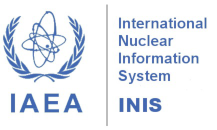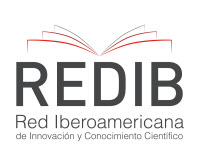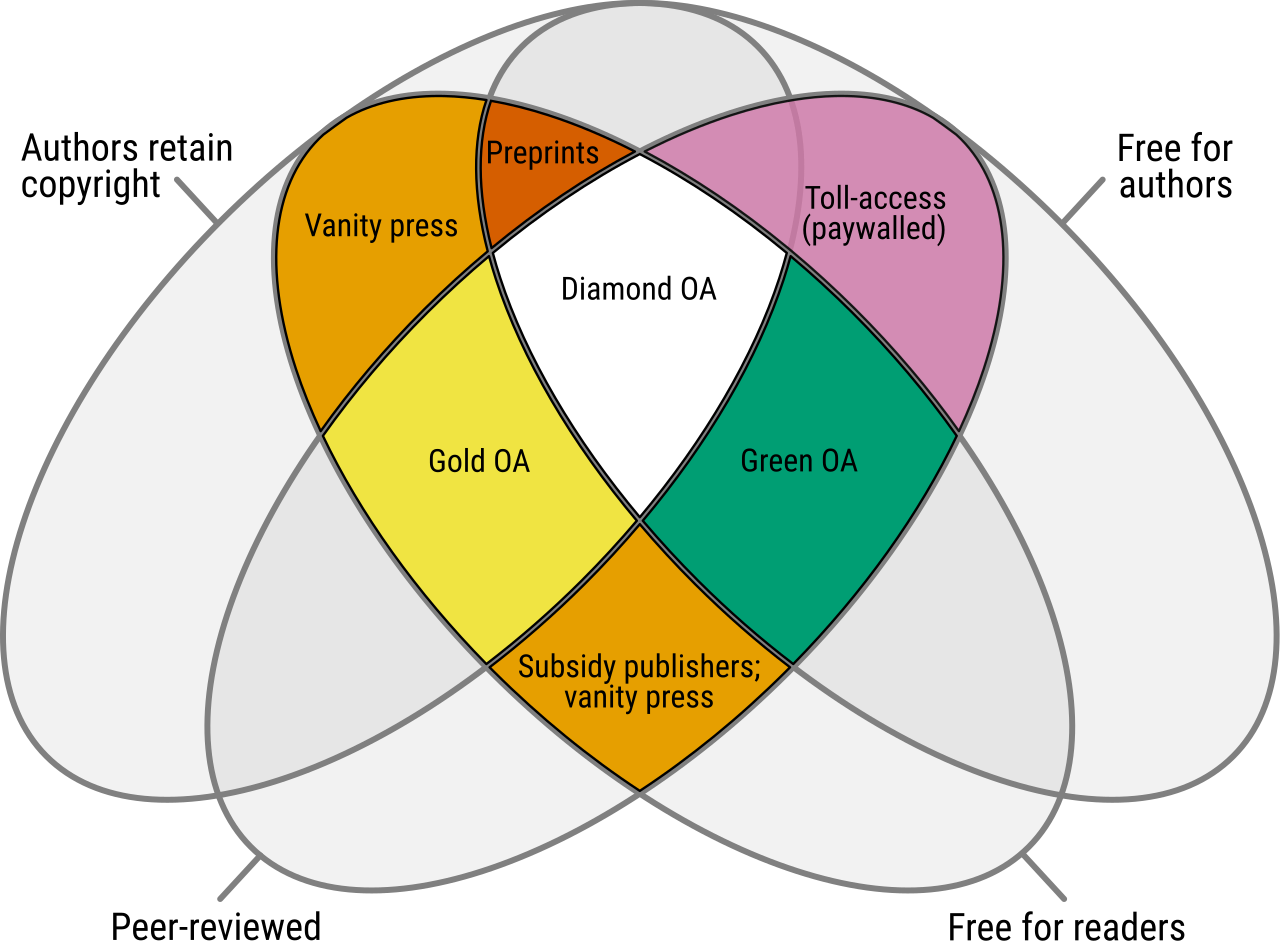Evaluating the Impact of Ocean Acidification on Seafood – a Global Approach
DOI:
https://doi.org/10.15392/2319-0612.2024.2761Palabras clave:
Multiple stressors, Food security, Adaptation, MitigationResumen
The quality of human life and food security are closely linked to the health of the ocean and the many goods and services it provides. However, the ocean is under cumulative stress from various human-driven pressures, leading to eutrophication, deoxygenation, loss of genetic biodiversity, contamination with emerging pollutants (e.g., microplastics and pesticides), and climate change (warming and ocean acidification). The effects of multiple ocean stressors and their interplay on marine life and ecosystems remain poorly understood. This underscores the urgent need for innovative science to resolve the complexity of the interplay of stressors and the resulting impacts. This paper reports findings from the Coordinated Research Project CRP K41018, a five-year program framed by the IAEA. The project was explicitly designed to advance Member States’ understanding of both quantitative and qualitative impacts of ocean acidification on key economically relevant seafood species across different world regions. Furthermore, based on different sensitivity baselines across species, it aimed at exploring adaptation pathways for aquaculture and food industries. As a result, Member States would have improved their comprehension of resilience building in specific local contexts (e.g., types of environments, geographical parameters, human dimension). In this context, it is essential to look for ocean solutions to mitigate adverse impacts on seafood and support adaptation strategies based on nature that can counteract stressors. It is concluded that there is great synergy in planning integrated mitigation and adaptation strategies to multiple stressors in marine ecosystems.
Descargas
Referencias
BARTON, A. et al. The Pacific oyster, Crassostrea gigas, shows negative correlation to naturally elevated carbon dioxide levels: Implications for near‐term ocean acidification effects. Limnology and Oceanography, v. 53, n.3, p. 698-701, 2012. DOI: https://doi.org/10.4319/lo.2012.57.3.0698
HILMI, N. et al. Towards improved socio-economic assessments of ocean acidification’s impacts. Marine Biology, v. 160, n. 8, p. 1773-1787, 2013. DOI: https://doi.org/10.1007/s00227-012-2031-5
OBERLACK, C., et al. Theories of change in sustainability science: Understanding how change happens. GAIA-Ecological Perspectives for Science and Society, v. 28, n. 2, p.106-111, 2019. DOI: https://doi.org/10.14512/gaia.28.2.8
IOC-UNESCO. Ocean Acidification Research for Sustainability – A Community Vision for the Ocean Decade. Paris, IOC Technical Series, v. 185, 2024.
DUPONT, S. et al. First Evidence of Altered Sensory Quality in a Shellfish Exposed to Decreased pH Relevant to Ocean Acidification. Journal of Shellfish Research, v. 33, n. 3, p. 857-861, 2014. DOI: https://doi.org/10.2983/035.033.0320
About OARS. Ocean Acidification Research for Sustainability Programme. Disponível em: https://oars-commitments.org/about/Acesso em: 30 aug. 2024
Descargas
Publicado
Número
Sección
Categorías
Licencia
Derechos de autor 2024 Francisco Fernando Lamego Simões Filho

Esta obra está bajo una licencia internacional Creative Commons Atribución 4.0.
Licencia: los artículos de BJRS tienen una licencia internacional Creative Commons Attribution 4.0, que permite el uso, el intercambio, la adaptación, la distribución y la reproducción en cualquier medio o formato, siempre que se otorgue el crédito correspondiente al autor o autores originales y a la fuente, proporcione un enlace a la licencia Creative Commons e indique si se realizaron cambios. Las imágenes u otros materiales de terceros en el artículo están incluidos en la licencia Creative Commons del artículo, a menos que se indique lo contrario en una línea de crédito al material. Si el material no está incluido en la licencia Creative Commons del artículo y su uso previsto no está permitido por la regulación legal o excede el uso permitido, el autor deberá obtener el permiso directamente del titular de los derechos de autor. Para ver una copia de esta licencia, visite http://creativecommons.org/licenses/by/4.0/






















